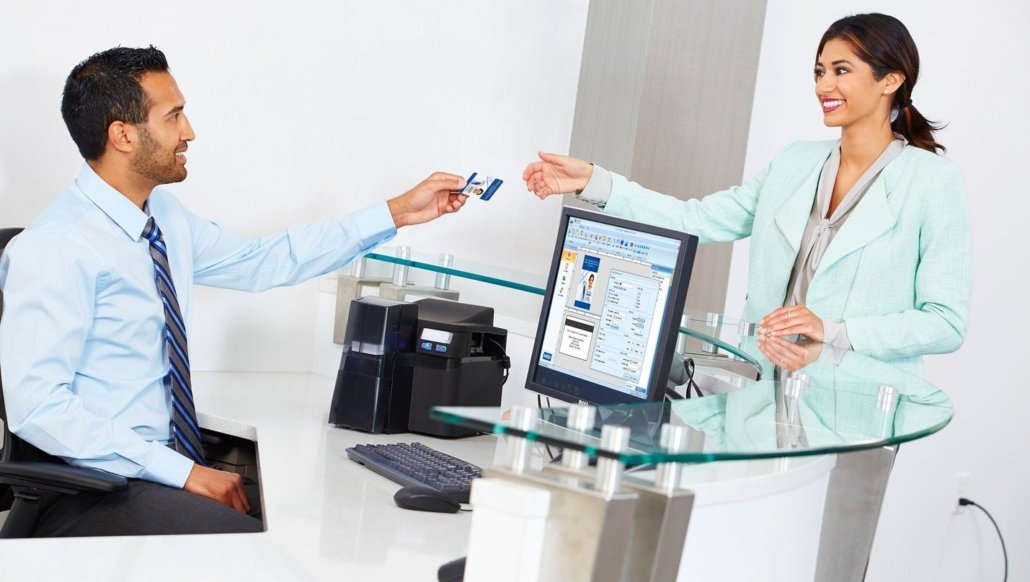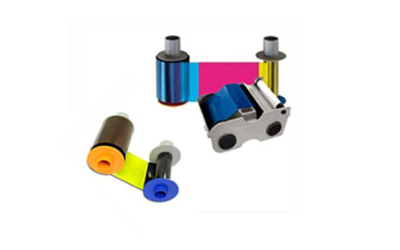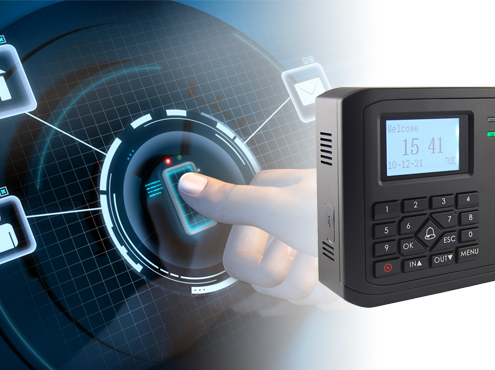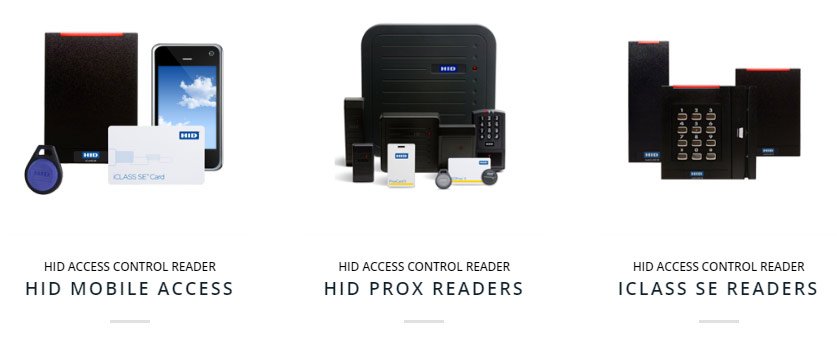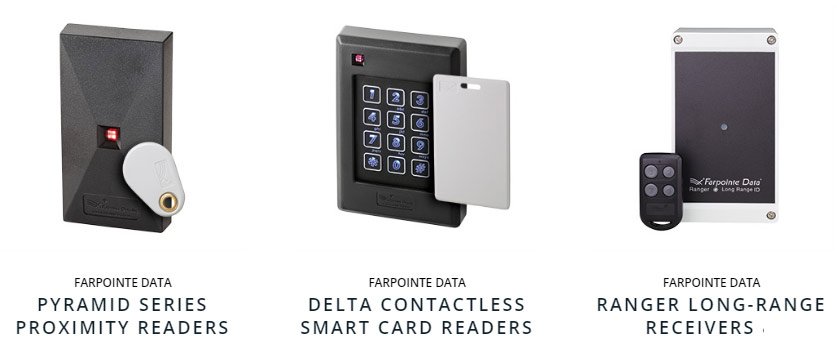What is a Physical Key Management System?
What is a Physical Key Management System and Why is it Important?

A physical key management system is a secure and organized way to manage access to keys. Learn about the benefits and importance of using a physical key management system for your business.
In any business or organization, managing keys can be a challenging task. Without a proper system in place, it can be easy to lose track of keys, leading to security breaches and other issues. That’s where a physical key management system comes in.
What is a Physical Key Management System?
A physical key management system is a secure and organized way to manage access to keys. It involves the use of hardware and software to store, track, and control access to keys. The system can be used to manage all types of keys, including office keys, building keys, and even vehicle keys.
How Does a Physical Key Management System Work?
A physical key management system typically consists of a key cabinet or box with individual compartments for each key. The cabinet is locked and can only be opened with a key or code, which is typically only accessible to authorized personnel. The keys themselves may be labeled and tagged with identifying information, such as the name of the key holder and the purpose of the key.
The system may also include software that allows administrators to track who has accessed each key, when they were accessed, and for what purpose. Some systems may also have the ability to issue alerts if a key is not returned by its due date or if it is accessed outside of authorized hours.
Why is a Physical Key Management System Important?
There are several reasons why a physical key management system is important for businesses and organizations. Firstly, it helps to ensure the security of sensitive areas and assets by controlling access to keys. It can also help to reduce the risk of lost or stolen keys, which can lead to costly rekeying expenses and potential security breaches.
Additionally, a physical key management system can help to improve accountability and transparency by providing an audit trail of key access. This can be useful in investigations or legal proceedings if there is a security incident or breach.
In summary, a physical key management system is a secure and organized way to manage access to keys. It provides businesses and organizations with greater security, accountability, and transparency in their key management processes. If you’re looking to improve the security of your organization, consider implementing a physical key management system.
Why Use a Key Management System?
Managing key access improves how your organization uses its assets & protects them. The process of logging how they’re used in your organization also turns physical keys into sources of useful business intelligence.
Specifically, key management helps you:
Reduce Costs: Your keys are always accounted for, so re-keying costs drop and productivity stays high when staffs don’t waste time searching for misplaced keys.
Manage Risk: Good key management systems give you tracking & auditing of key use in real-time. You instantly know if keys haven’t been returned or if someone is trying to access a secure location at an unexpected time.
Prevent Losses: Not just lost keys, but with a complete ‘chain-of-custody transaction log built into a key management system, your personnel are fully accountable for how they use secured assets.
Improve Operations: You get full control over what happens in your facility. You can restrict key access to certain shifts, set timed key returns so work happens fast & in an organized way, & staff can reserve keys to ensure they’re available for time-sensitive tasks.
one essential fact is: good key management is just another form of good business management.

